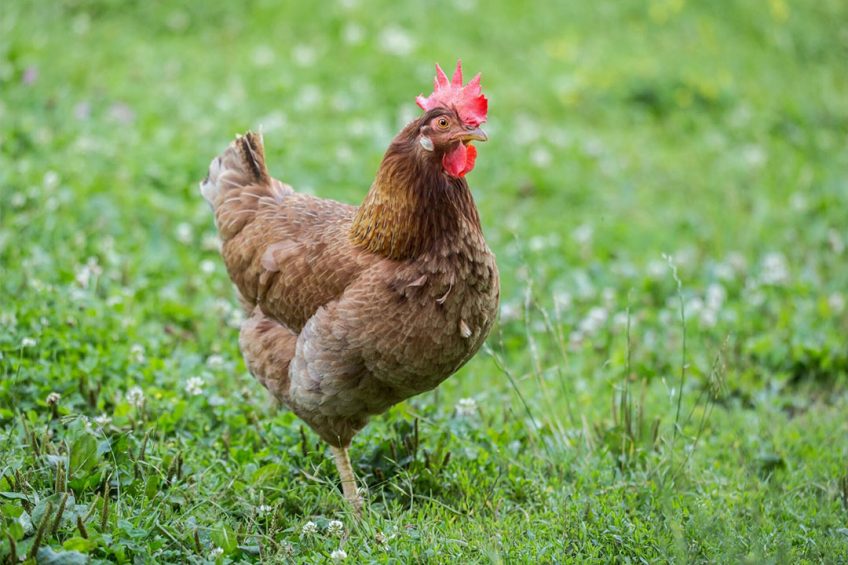Optimal grass sward types for free-range poultry

Getting range management right is key to healthy and productive free-range birds and producers need to know the type of sward their hens prefer.
Mel Digger, For Farmers seed product manager, said poultry farmers needed to look at 4 issues:
- the appropriate species,
- the impact of bird ‘traffic’
- sward quality and
- the height and density of the sward – to ensure their range management was in the right place.
If the grass gets too tall, the carbon levels rise, and it becomes less digestible.
Grasses suitable for poultry paddocks
Speaking at the annual British Free Range Producers Association annual meeting, Digger ran through the type of grasses suitable for poultry paddocks.
Slow-growing perennial ryegrass should form the basis of the ley, but she added the sward should also include diploid ryegrass to boost palatability and smooth stalked meadow grass, which was hard-wearing.
Hens prefer a shorter sward
She added that hens preferred a shorter sward, around 5-10cms in height and they didn’t like getting their legs and feathers wet, which in turn could lead them to laying dirty eggs. “If the grass gets too tall, the carbon levels rise, and it becomes less digestible.”
The short-growing, hard-wearing grass species, along with legumes and deep rooting herbs can increase the potential intake of protein, minerals and nutrients from the forage.
Tips for poultry paddocks
With farmers increasingly interested in range management to use for ground cover and biodiversity, Ms Digger suggested that new poultry paddocks should be sown at 16-20kg/acre, while re-seed rates should be lower for paddock rejuvenation. Using clover and Birds Foot Trefoil among the species produces a more diverse habitat which will attract a higher number of invertebrates for the free-range birds to consume, she concluded.







